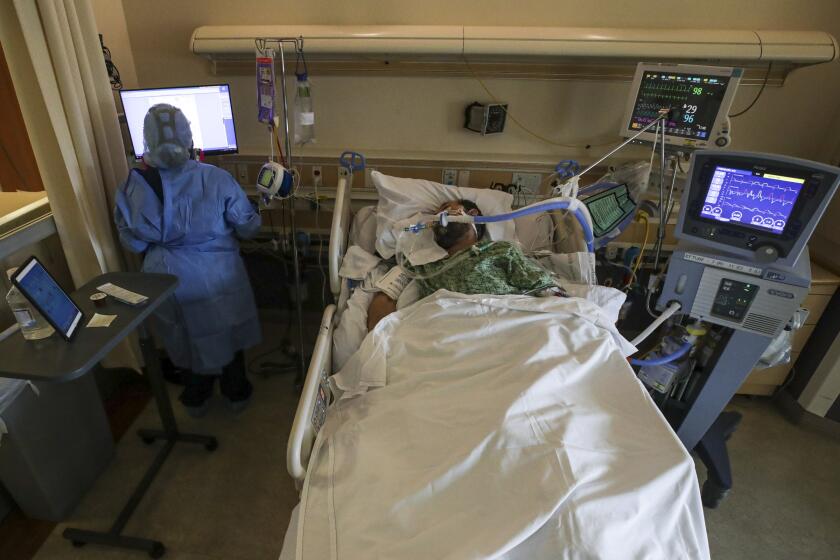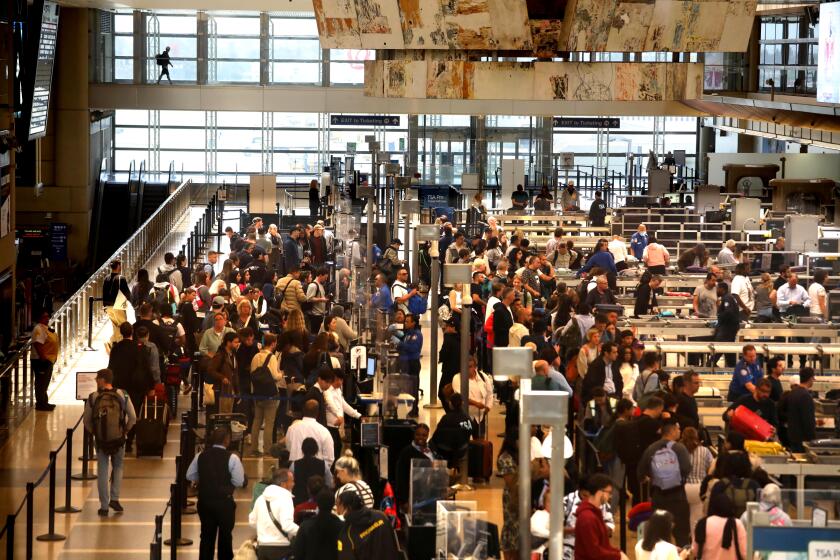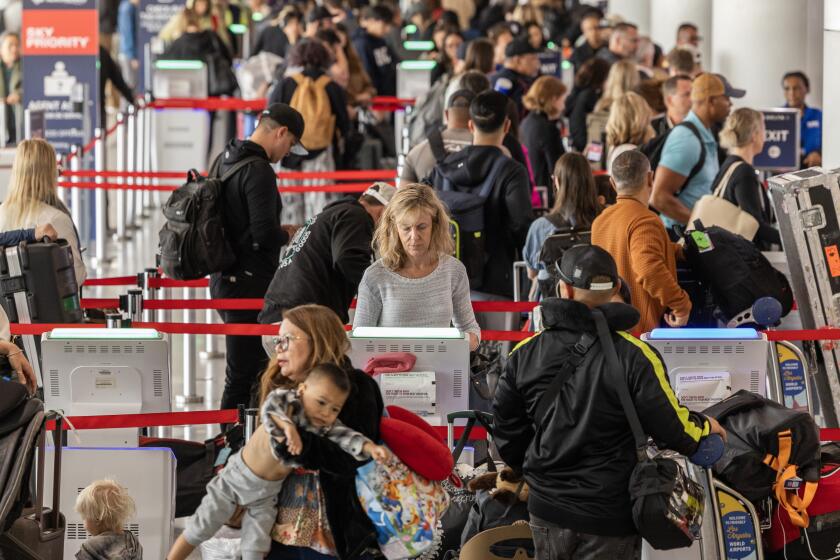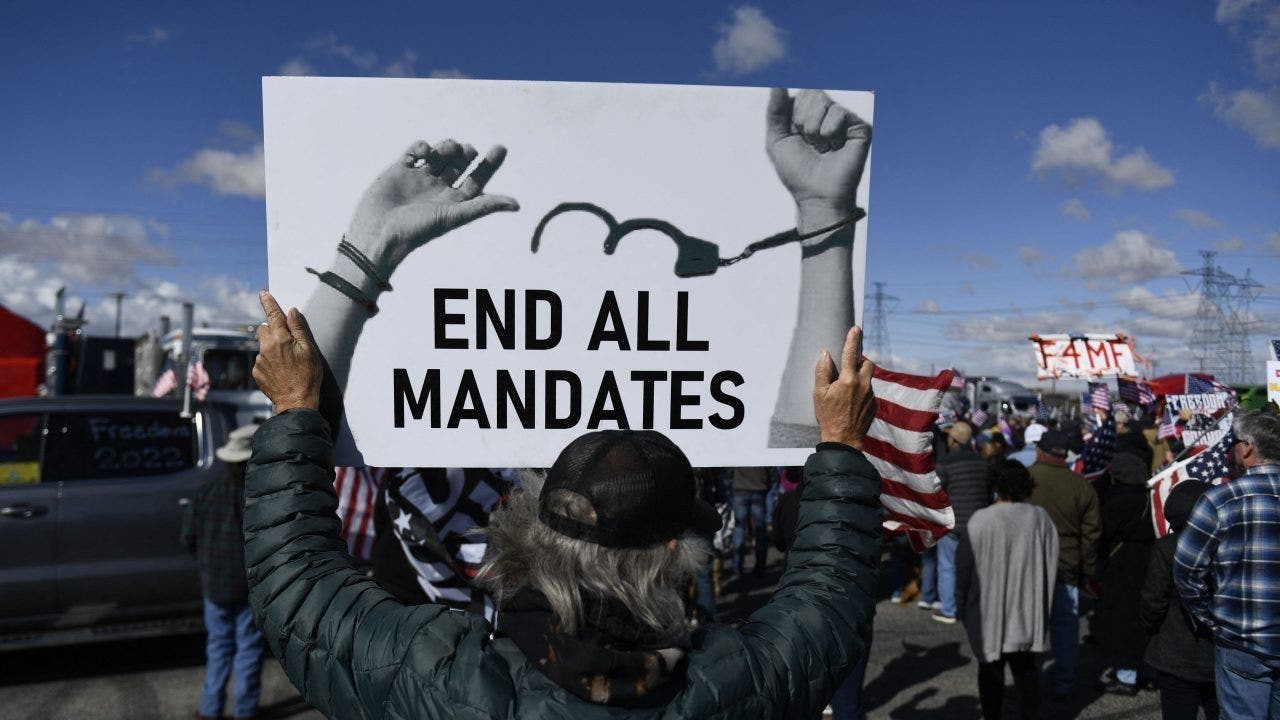Navigation
Install the app
How to install the app on iOS
Follow along with the video below to see how to install our site as a web app on your home screen.
Note: This feature may not be available in some browsers.
More options
Style variation
You are using an out of date browser. It may not display this or other websites correctly.
You should upgrade or use an alternative browser.
You should upgrade or use an alternative browser.
Covid-19 News and Discussions
- Thread starter Yommie
- Start date
Yommie
SpeedLimited
- Oct 2, 2013
- 64,193
- 37,190
- Country of Origin

- Country of Residence

- Thread starter
- #932
@Sharma Ji
This is pretty neat.
This is pretty neat.
Past COVID infections may help protect against certain colds - Study
Yommie
SpeedLimited
- Oct 2, 2013
- 64,193
- 37,190
- Country of Origin

- Country of Residence

- Thread starter
- #935

Vaxart Receives BARDA-Funded Project NextGen Award Valued Up to $453 Million to Conduct a Phase 2b Study Evaluating Its COVID-19 Oral Pill Vaccine Candidate
— 10,000-subject Phase 2b study will evaluate Vaxart’s next generation oral pill COVID-19 vaccine against an approved mRNA vaccine comparator — — Vaxart anticipates initiating enrollment as early as summer 2024 — SOUTH SAN FRANCISCO, Calif., June 13, 2024 (GLOBE NEWSWIRE) -- Vaxart, Inc...
Yommie
SpeedLimited
- Oct 2, 2013
- 64,193
- 37,190
- Country of Origin

- Country of Residence

- Thread starter
- #936
Log in to Facebook
Log in to Facebook to start sharing and connecting with your friends, family and people you know.
 www.facebook.com
www.facebook.com
Weekly Ontario Update for Friday, June 7, 2024:
Public Health Ontario has further reduced the amount of data available to the public. In addition, Health Canada has stopped reporting hospitalization data as some provinces are no longer tracking COVID hospitalizations. Unless indicated otherwise, information in this update includes data from Sunday, May 26 to Saturday, June 1, so data is delayed.Data relating to deaths is even further delayed as cause of death is taking MONTHS to be determined. So recent deaths are far WORSE that are being reported.
- Recent cases: 927 (- 41 compared to last week)
Estimates suggest that the actual number of new cases could be more than 10 times higher than what is being reported due to limited eligibility for testing! - Weekly positivity rate: 8.4% (- 0.7% since last week)
- Recent deaths: 12 (- 1 compared to last week)
Recent deaths are a lagging indicator of the current level of new cases. Deaths are underreported because they are based on date of death and by the time the cause of death is reported, it is no longer considered recent! - Average daily hospital bed occupancy: 346* (- 64 since last week week)

*Please interpret the COVID-19 hospitalization data with caution as not all centers are reporting..
Yommie
SpeedLimited
- Oct 2, 2013
- 64,193
- 37,190
- Country of Origin

- Country of Residence

- Thread starter
- #937
Respiratory Virus Report, Week 23 - ending June 8, 2024 - Canada.ca
Respiratory Virus Detection Surveillance System data from Canadian laboratories on the number of tests, and positive tests, for influenza and other respiratory viruses.
Respiratory Virus Report, Week 23 - ending June 8, 2024
Organization: Public Health Agency of Canada
Please note that the Respiratory Virus Detection Surveillance System (RVDSS) is a sentinel laboratory surveillance system that does not capture all respiratory virus testing performed in Canada; differences may exist between the data presented in this report and provincial/territorial epidemiological reports. SARS-CoV-2 laboratory data is included in this report to facilitate the comparison of positivity with other respiratory viruses. Interpretation should be made with caution as testing practices differ among viruses.
For additional SARS-CoV-2 surveillance information, please refer to the COVID-19 epidemiology update.
Overall summary
In week 23 (week ending June 8, 2024) in Canada, percent positivity is currently highest for enterovirus/rhinovirus (11.8% positive) and SARS-CoV-2 (9.7% positive) among respiratory viruses under surveillance. The following results were reported from RVDSS laboratories:- National SARS-CoV-2 percent positivity continues to increase (2,188 detections; 9.7% positive). Trends currently vary by region.
- Influenza percent positivity remains at interseasonal levels (202 detections; 1.1% positive).
- RSV percent positivity is stable (68 detections; 0.4% positive).
- Percent positivity of all other non-SARS-CoV-2 respiratory viruses is near expected levels typical of this time of year.
- 34/35 sentinel laboratories reported surveillance data
Yommie
SpeedLimited
- Oct 2, 2013
- 64,193
- 37,190
- Country of Origin

- Country of Residence

Yommie
SpeedLimited
- Oct 2, 2013
- 64,193
- 37,190
- Country of Origin

- Country of Residence

- Thread starter
- #944

COVID cases rising in L.A. County and California as new subvariants make mark
Across California, COVID in wastewater has entered the high level, the first time since February.
COVID cases rising in L.A. County and California as new subvariants make mark

Travelers and airline crew members at Los Angeles International Airport in May. Increases in COVID-19 cases have the attention of doctors and health officials as the summer travel season begins.
(Genaro Molina / Los Angeles Times)
By Rong-Gong Lin IIStaff Writer
June 12, 2024 12:30 PM PT
California’s COVID-19 numbers are on the rise thanks in part to new subvariants, suggesting an earlier-than-normal start to the summer season.
The percentage of COVID tests coming back with positive results in the state rose to 5.3% for the week that ended June 3, up from 2.2% the month before.
The numbers are still relatively low — last summer’s peak positive test rate was 13.1% — but the increases have the attention of doctors and health officials as the summer travel season begins.
“Numbers are definitely going up,” said Dr. Elizabeth Hudson, regional chief of infectious disease at Kaiser Permanente Southern California. Among Kaiser’s 4.8 million Southern California members, the increase in COVID-19 is mostly among non-hospitalized people.
The Los Angeles County Department of Public Health reported an average of 106 COVID cases for the week ending June 2. That’s up from 67 cases a day for the week that ended May 12.
“We have seen this happen over the last 4½ years. We know we tend to see another wave around this time,” Hudson said. This one “started a little bit earlier, so it may crest a little earlier, and oftentimes we don’t see those hospitalized cases until a little further in.”


PAID CONTENT
Increase Efficiency in Automotive EDI and Just-in-Time Delivery...
By SAPGROW with SAP transforms automotive suppliers in ways that overcome today’s challenges and unlock tomorrow’s opportunities.
COVID levels also are rising in wastewater. In Los Angeles County, sewage levels were at 16% of the winter peak for the week that ended May 25, up from 8% for the week that ended May 4. In Santa Clara County — the Bay Area’s most populous county — COVID levels in wastewater are considered high from San José to Palo Alto. There also is a notable rise in samples in San Francisco’s sewage.
Across California, COVID in wastewater entered the high level for the week that ended June 1, the first time since February.
California COVID level in sewage rises
Weekly wastewater viral activity levelLine chart shows wastewater viral activity has been rising again since May. The last steep spike was in January.
High activity
Moderate
Very high viral activity
Viral activity level of greater than 3 and up to 4.5 is considered moderate; greater than 4.5 and up to 8 is considered high; and more than 8, very high.
U.S. Centers for Disease Control and Prevention
LOS ANGELES TIMES
ADVERTISING
New subvariants are increasingly making a mark nationwide. For the two-week period that ended Friday, 55% of estimated COVID specimens in the U.S. were of the FLiRT variants — up from 28.6% a month earlier. Another upstart, LB.1, is estimated to make up 14.9% of specimens nationwide, up from 6.7% last month.
The parent of the FLiRT and LB.1 subvariants, the winter dominant strain JN.1, now accounts for an estimated 3.1% of strains nationwide. LB.1 is similar to the FLiRT subvariants — known officially as KP.1.1,KP. 2 and KP.3 — and none are very different from JN.1, said Dr. Peter Chin-Hong, an infectious diseases specialist at UC San Francisco.
“They’re different enough so that they’re increasing and they’re probably exploiting vulnerabilities, and they’re very transmissible, but not so different” from JN.1 that they pose a higher risk of severe disease, Chin-Hong said.
Still, doctors remain concerned about the risk of serious illness and death among seniors and immunocompromised people — especially those who haven’t received an updated vaccine since September. More than 44,000 COVID deaths have been reported since October; by contrast, the U.S. Centers for Disease Control and Prevention’s weekly flu surveillance report estimates 24,000 flu deaths during the same time.

SCIENCE & MEDICINE
Despite its ‘nothingburger’ reputation, COVID-19 remains deadlier than the flu
May 15, 2024One report published in March by the CDC, which looked at adults with immunocompromising conditions, found that only 18% had received an updated COVID-19 vaccine since September.
The CDC urges everyone 6 months and older to get vaccinated with the updated shot, and for those 65 and older, two shots — as long as four months have passed since their first.
But with only 36% of California’s seniors having received any COVID shots since September, doctors say it’s important the remaining population 65 and older get one shot now.
A number of racial and ethnic groups have started to see even lower vaccination rates among seniors. In California, only 31.6% of Black seniors, 29.9% of Asian American seniors and 22.8% of Latino seniors have received an updated COVID-19 vaccination.
Senior vaccination rates also vary by region — below the statewide average in much of Southern California, and highest in the San Francisco Bay Area. Los Angeles County reports 30.8% of its seniors with an updated vaccination; in San Diego County, 38.6%; Orange County, 34.2%; Riverside County, 28.1%; San Bernardino County, 26.3%; Ventura County, 37.4%; and Santa Barbara County, 40.4%.
The percentage is about 46% in Santa Clara County, more than 50% in San Francisco County and nearly 60% in Marin County.
“So many people haven’t even gotten one shot. How about just even making sure that happens?” Chin-Hong said of seniors. “Everybody over 65 should probably get a shot before the new one comes out in the fall.”
If a senior got a COVID vaccination now, there would still be enough time to get this fall’s upcoming formulation around Halloween, which is a good time to get vaccinated to protect against the winter rise in COVID infections, Chin-Hong said.
“For those who are more vulnerable, I would certainly recommend getting either that first shot or that second,” Hudson said.
Chin-Hong said the patients he has seen hospitalized for COVID have not had an updated shot in the last year.

CALIFORNIA
New COVID subvariants are rising: How bad will California get hit this summer?
June 1, 2024There continues to be good data demonstrating the vaccine’s effectiveness, even though the last version was designed against the XBB.1.5 subvariant, which was supplanted by JN.1 in the winter.
In a report to a U.S. Food and Drug Administration advisory committee last week, CDC epidemiologist Ruth Link-Gelles said September’s vaccine brought increased protection against symptomatic illness as well as COVID-associated hospitalizations and emergency-room and urgent care visits, compared with those who didn’t get an updated shot.
But scientists also have observed weakening immunity over time — no surprise, given the same phenomenon has been seen in prior COVID vaccines. As before, the most durable protection afforded by the new vaccine guarded against critical illness, Link-Gelles said.
The latest vaccine provides protection against JN.1, although perhaps less than if someone is exposed to an XBB subvariant, Link-Gelles said.
The FDA’s Vaccines and Related Biological Products Advisory Committee last week voted unanimously to recommend that this autumn’s updated COVID vaccine formula be designed against JN.1 rather than FLiRT or another descendant of JN.1.
Gambling on one of the later descendants like FLiRT might make for a bad match if another descendant overtakes that one. But sticking with a shot that guards against the parent strain may ensure a better match this winter.
“COVID vaccination still really does provide really good protection against severe disease and against folks ending up in the hospital,” Hudson said. But “COVID is very, very new to us as a species, still, and just by nature of what coronaviruses do, they tend to mutate quickly. So it’s not something that would be unexpected to see that with time, the protection that you would get via that COVID vaccine would tend to wane a bit.”
One promising development that still is not available is getting a flu and COVID vaccine in one shot. That probably won’t happen until autumn 2025, but its unveiling could be a game-changer that could improve COVID vaccination rates. An estimated 22.5% of adults nationwide reported receiving the latest COVID vaccine, according to survey data reported to the CDC, compared with an estimated 48.5% for the flu.
“If you can get two things with one needle, I’m all for that,” Chin-Hong said.
The Moderna version of the combined flu-and-COVID shot was actually more effective than getting COVID and flu shots separately, Hudson said. Other manufacturers are expected to develop combined flu-and-COVID shots as well.

CALIFORNIA
Signs of rising COVID in California as new FLiRT subvariants dominate
May 27, 2024The L.A. County Department of Public Health reported a small increase in new COVID hospital admissions — an average of 19.6 a day, up from 16.9 a day about three weeks ago. Nine percent of hospitalized patients are in intensive care, but “deaths remain relatively low and stable,” with an average of one daily death, the agency said.
Previously, the mid-year COVID rise in cases and hospitalizations in L.A. County began in early July — in 2021 and 2023 — but in early May in 2022.
“With traveling and gatherings increasing during summer, protection from COVID-19 infection remains important as a new group of variants has begun to circulate nationwide,” the Public Health Department said. “Summer plans can easily be disrupted by COVID-19 illness and increased transmission continues to pose more risk for the elderly.”
Besides getting up to date on vaccinations, officials suggest commonsense steps to reduce the risk of spreading disease and getting sick: having sick people stay home and washing hands often, especially before eating and after sneezing or coughing. Testing for COVID is important to help limit spread of the illness, and can also help people know when they should ask for anti-COVID medicine such as Paxlovid, which can reduce the risk of severe illness or death among higher-risk people.
People with COVID who are contagious should stay home, and if they need to be around others, should wear a mask. Those who want to reduce the risk of getting infected can wear a mask in indoor public settings and crowded areas.
Yommie
SpeedLimited
- Oct 2, 2013
- 64,193
- 37,190
- Country of Origin

- Country of Residence

- Thread starter
- #945

California COVID-19 vaccine mandate lawsuit sees new life
A federal court has backed school workers suing California over the imposition of a vaccine mandate that ended in 2023 on Friday.
Users who are viewing this thread
Total: 1 (members: 0, guests: 1)
Pakistan Defence Latest
-
-
-
Iran has requested the Pakistan Air Force to provide training for its fighter pilots! (6 Viewers)
- Latest: Yasser76
-
Country Watch Latest
-
As Taliban starts restricting men too, some regret not speaking up sooner (13 Viewers)
- Latest: LeGenD
-
-
-
Latest Posts
-
As Taliban starts restricting men too, some regret not speaking up sooner (13 Viewers)
- Latest: LeGenD
-
-
-
Zelensky imposes sanctions on Russian, Iranian, Chinese individuals, companies (9 Viewers)
- Latest: Arash
